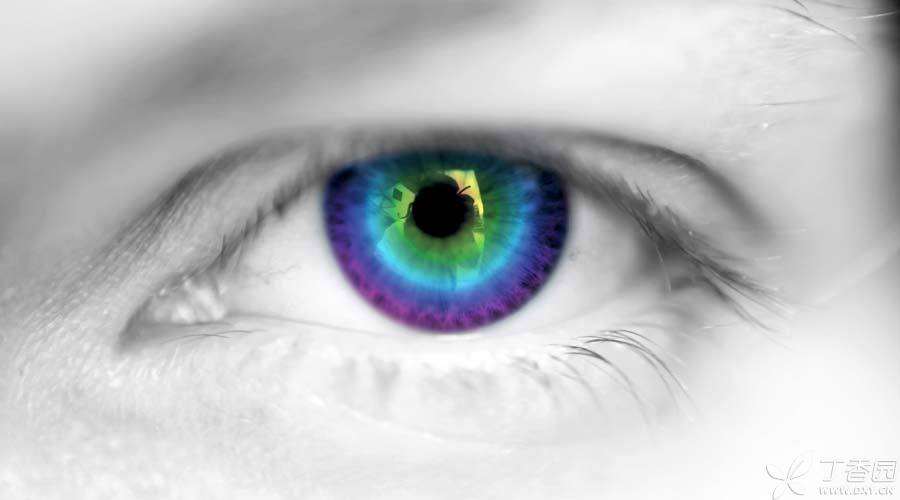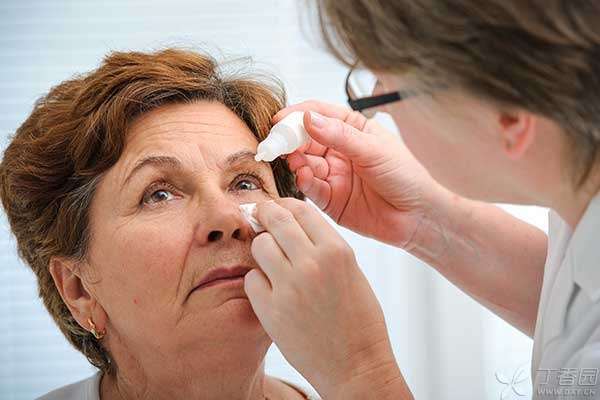
Mydriasis examination, also known in some places as [mydriasis] or [ciliary muscle paralysis] examination, is a method to diffuse the pupil through eye drops so that doctors can examine the eyes more comprehensively.
Why do you need mydriasis examination?
Before answering this question, let’s assume another question: If a person wants to see the layout of the room, will he choose to spy through the keyhole or directly open the door to check?
Perhaps you will say, of course, you choose to open the door directly, because only in this way can you see everything in the room.
Then returning to the previous question, imagine that the pupil of a person is like the door of a room. When an ophthalmologist wants to know the situation in the eye, he needs to open the door so that the light can fully shine into the eye.
This is why mydriasis examination is so important. In mydriasis examination, ophthalmologists need to drop mydriasis medicine into the patient’s eyes to diffuse the pupils, so as to conduct a more comprehensive examination of the eyeball and find and treat the corresponding diseases.
Need mydriasis examination in what’s case?
If the examinee does not have any chronic diseases, how often the pupil dilation examination needs to be performed depends on the age of the examinee.
1. Adolescents under 18 years of age and patients with a family history of high myopia
It is recommended to do mydriasis examination once a year.
This is very necessary for teenagers to find fundus diseases in time and carry out early diagnosis and treatment, and can avoid the occurrence of some fundus complications. In particular, some patients’ eyesight cannot be corrected by matching glasses, so doctors need to eliminate fundus organic diseases through mydriasis examination.
2. Adults between the ages of 18 and 60
Ophthalmic examination can be done every year or every two years.
3. People over 60 years of age
As the risk of age-related macular degeneration increases, we recommend an annual mydriasis examination.
4. Other circumstances
Of course, there are exceptions. Ophthalmologists may require an early pupil dilation examination when patients suffer from related eye diseases. For example, recently discovered eye flashes or floaters may be symptoms of vitreous and retinal diseases, so close observation is required.

Can what be found in mydriasis examination?
In mydriasis examination, ophthalmologists can find many problems that are easy to ignore at ordinary times.
1. Pseudomyopia
On the surface, pseudomyopia is also far blurred and near clear, but there is no corresponding diopter change during mydriasis examination optometry. Many teenagers will have this problem. If they can confirm that they are not true myopia through mydriasis optometry, they can start treatment from adjusting their eye habits and take corresponding measures to prevent the development of true myopia.
2. Glaucoma
The disease is often referred to as a “silent blinding killer” of vision, because it often begins with no symptoms at all. However, through pupil dilation, ophthalmologists can clearly see changes in the optic nerve of the patient’s fundus, thus determining whether glaucoma is possible.
3. Diabetic retinopathy
Diabetic retinopathy, one of the main causes of blindness, is also a typical example. In mydriasis examination, ophthalmologists can find vascular damage or abnormalities caused by diabetes and intervene in time to prevent the disease from progressing.
4. Other
For example, patients with cataract, age-related macular degeneration and other diseases can also benefit from mydriasis examination.
Doctors can also obtain some clinical symptoms or signs from non-mydriasis examination, but it is always not as comprehensive and direct as mydriasis examination.
What preparations should be made for mydriasis examination?
First of all, the inspected person needs to know the specific time, which will help the specific preparation work. The following points need special attention:
1. The examination time of mydriasis is long
It takes about 20 ~ 30 minutes from eye drops to complete pupil dilation.
Step 2 Wear sunglasses
After the examination, the eyes of the examinee may be very sensitive to light. Wearing sunglasses at this time can effectively relieve this discomfort.
3. Vision will be temporarily affected after examination.
Most of the examinees will have short-range blurred vision after mydriasis examination.
Sensitivity to light and blurred vision may last for 2-12 hours, while most people will recover within 4 hours. Don’t drive or ride on that day to avoid danger.
4. It is best to be accompanied by relatives and friends.
Because of the impact of mydriasis examination on vision, it is better to be accompanied by relatives and friends after examination.
In addition, the liquid medicine for mydriasis examination will fail after a few hours, and a small number of people may have dry mouth and other conditions. This is normal, there is no need to worry too much, and it will not cause serious injury to what.
Summary
Although mydriasis examination may cause these minor discomfort, its clinical value cannot be ignored. If people want to maintain good eyesight and avoid serious eye problems, then ophthalmologists need to fully understand the whole world in your eyes and do not let them only examine through small pupils.
Responsible Editor: Fei Fei
